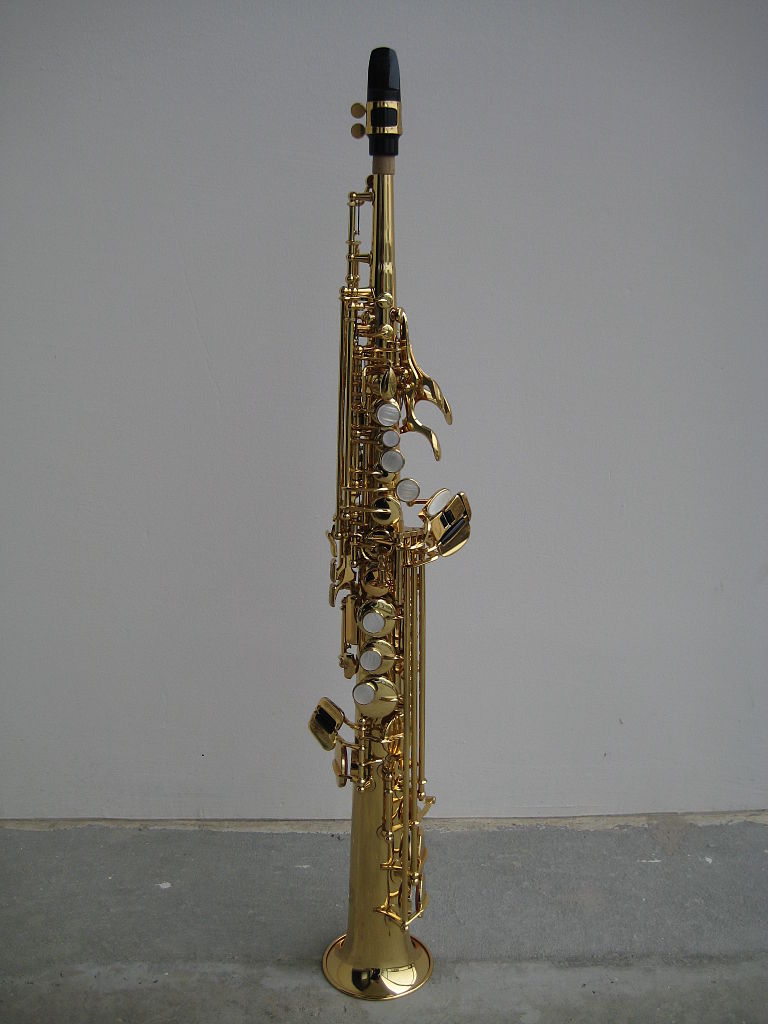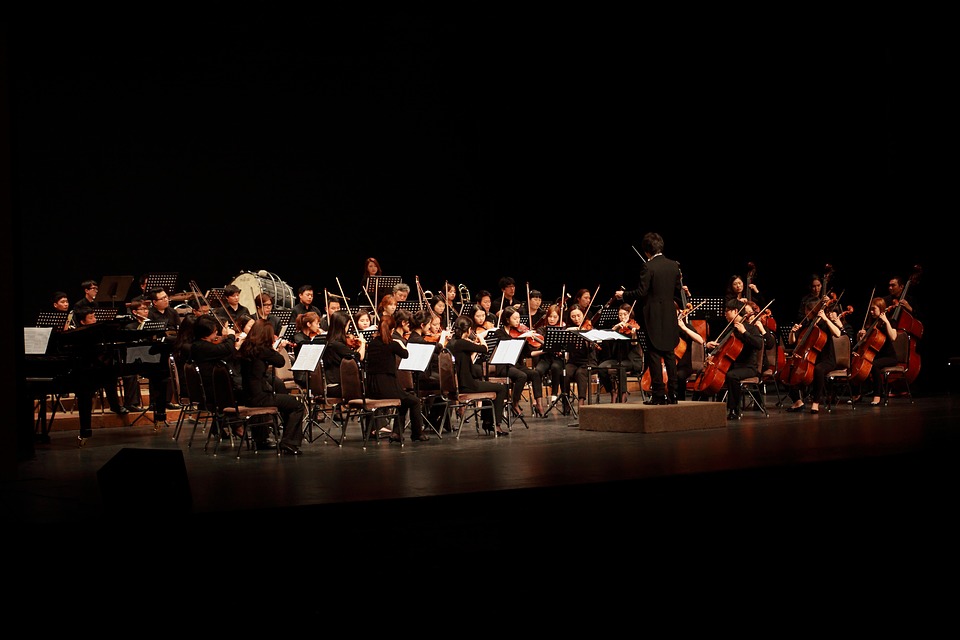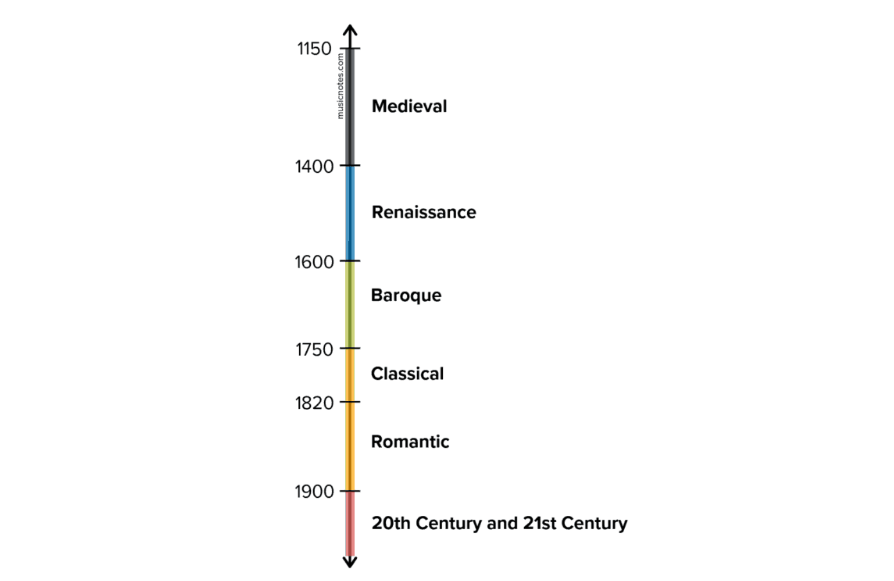Woodwind instruments play a crucial role in creating beautiful harmonies in orchestral music. There are the soaring melodies of the flute, the clarinet’s soulful sounds, and the bassoon’s mellow tones. Each woodwind instrument brings its unique character and timbre to the orchestra. This article will explore the different orchestra woodwind instruments and their unique characteristics.
History of Orchestra Woodwind Instruments
Woodwind instruments have played a crucial role in Western classical music for over 200 years. In the late 1700s, orchestras mainly featured stringed instruments, but woodwinds like oboes, bassoons, flutes, and horns were also present. Over time, woodwinds became more prominent, and orchestras began to include three or four of each instrument. The brass section also expanded to include a third trumpet, third and fourth horns, and trombones.
The woodwind family comprises a diverse range of instruments. It includes flutes and reed pipes like clarinets, oboes, bassoons, and saxophones. Although these instruments were originally made of wood, they can now be metal. One of the characteristics that sets woodwinds apart from other wind instruments is the way they create sound.
Orchestra Woodwind Instruments Family
Woodwind instruments are an essential component of orchestras. These instruments are made of wood, brass, and other materials. Centuries ago, people began using various forms of music. The sound they produce is enchanting and beautiful. Different types of woodwind instruments include the flute, clarinet, oboe, saxophone, and bassoon. Here’s a list of the most used woodwind instruments-
- Flute
- Clarinet
- Oboe
- Basson
- Saxophone
- Piccolo
- English Horn
Flute

Humans have used the woodwind instrument flute for thousands of years. It consists of a tube-shaped body with a mouthpiece at one end. When a musician blows air across the flute’s mouthpiece, the mouthpiece’s edge vibrates, producing a sound that travels through the tube.
Flutes come in various types, such as concert, piccolo, alto, and bass. The concert flute, or C flute, is the most common type in classical, jazz, and pop music. The flute can produce many notes, and skilled flutists can produce even more notes using various techniques. Playing the flute requires breath control, a good ear for pitch and rhythm, and fingers to cover and uncover the holes in the instrument’s body. Flutists also use their breath to control the volume and tone of the sound.
The flute has a long history of use in various cultures worldwide, including ancient Egyptian, Greek, and Roman cultures. It also has a place in Indian classical music. People have also used the flute in traditional folk music throughout Europe. The flute is a beautiful and versatile instrument that continues to have a place in many different types of music today. Overall, the flute is a cherished instrument that has stood the test of time and will continue to be a staple of music for generations to come.
Clarinet

The clarinet is one of the most famous orchestra woodwind instruments. It is often used in classical and jazz music. It has a cylindrical body with a bell at the bottom and a mouthpiece at the top. The clarinet has a single reed fitted onto its mouthpiece. When a person blows into the instrument, the reed vibrates, producing sound. Clarinetists use their fingers to cover and uncover the holes along the instrument’s body to produce different notes. People know the clarinet for its distinct and versatile sound. The clarinet can produce a wide range of notes. Musicians can use it in many different types of music.
There are several types of clarinets, with the most commonly used being the Bb clarinet. The Eb clarinet is used in military bands, while the bass clarinet is often used in jazz music. Playing the clarinet requires a lot of skill and practice, as it is a complex instrument that requires reasonable breath control, a good ear for pitch and rhythm, and the ability to move the fingers to produce the correct notes quickly.
Musicians often use the clarinet as a solo instrument or as part of an ensemble, such as a symphony orchestra or a jazz band. Its unique sound and versatility have made it a popular choice for musicians throughout history, and it will continue to be a unique instrument for many generations to come.
Oboe

The oboe is a classical woodwind instrument. It has a slender body with a double reed at the top. When a player blows air into it, the instrument vibrates, producing a unique and distinctive sound. Oboists use their fingers to cover and uncover the holes along the instrument’s body to produce different notes. The oboe has a range of notes that can evoke emotions and moods in the listener, making it a versatile instrument.
Musicians often use the oboe as a solo instrument or as part of an ensemble, such as a symphony orchestra or a chamber group. It can produce a wide range of tones, from soft and mellow to bright and piercing, making it suitable for various musical styles. Playing the oboe requires a lot of skill and practice, as it is a complex instrument that requires reasonable breath control, a good ear for pitch and rhythm, and the ability to move the fingers to produce the correct notes quickly.
There are several types of oboes, including the standard oboe, the English horn, and the bass oboe. The most commonly used type of oboe is the standard oboe, which people often use in orchestras. The English horn is large and produces a lower, mellow sound, while the bass oboe is even larger and produces a lower sound. Overall, the oboe is one of the most beautiful and versatile orchestra woodwind instruments used in music for centuries. Its unique sound and ability to evoke emotions make it a cherished instrument in classical music and beyond.
Bassoon

The bassoon is a large, lowest-pitched, double-reed woodwind classical music instrument. It has a long, curved body with metal keys and a wide, flared bell at the bottom. Bassoonists use their breath to blow air into the instrument and vibrate the two reeds, producing a unique and deep sound. They also use their fingers to cover and uncover the many holes along the instrument’s body to produce different notes.
People know the bassoon for its versatility and its ability to play low and high notes effortlessly. Musicians often use the bassoon in orchestras, bands, and chamber music ensembles. Playing the bassoon requires a high level of skill and dedication, as it is a complex instrument with a wide range of notes and requires reasonable breath control, finger dexterity, and a good ear for pitch and rhythm.
There are several types of bassoons, including the standard bassoon, the contrabassoon, and the bass dulcian. The most commonly used type of bassoon is the standard bassoon. It produces a rich, deep sound. The contrabassoon is much larger than the standard bassoon, producing an even lower, more powerful sound. The bass dulcian is an early version of the bassoon. It is rarely used in modern music.
Overall, the bassoon is unique and one of the essential orchestra woodwind instruments. Its distinctive sound and versatility make it an important part of many musical compositions and performances.
Saxophone

The saxophone is one of the best orchestra woodwind instruments. The saxophone is a standard jazz, blues, and rock music instrument. Adolphe Sax invented it in the mid-19th century, and it has since become a staple in many types of music.
Saxophones come in several sizes, from the small and high-pitched soprano saxophone to the prominent and deep-toned bass saxophone. The most commonly used saxophones are the alto and tenor saxophones. They are best for their smooth and warm sound. Saxophonists use a single reed attached to a mouthpiece to produce sound by blowing air into the instrument. They also use their fingers to cover and uncover the holes along the instrument’s body to produce different notes.
The saxophone has a unique sound ranging from soft and mellow to loud and brassy. People often use the saxophone as a solo instrument or as part of an ensemble, such as a big band or a jazz combo. Playing the saxophone requires a lot of practice and skill. It is a complex instrument that requires reasonable breath control, finger dexterity, and a good ear for pitch and rhythm.
The saxophone is a beloved and popular instrument that has made its mark on the music world. Its versatility and unique sound continue to captivate listeners and inspire musicians worldwide.
Piccolo

The piccolo is a small, high-pitched woodwind instrument commonly used in orchestral and military band music. It is a smaller version of the flute and produces a bright and piercing sound that can cut through other instruments. Piccolos often provide a distinctive and contrasting sound to the other instruments in an ensemble. They can also create a sense of excitement or urgency in a musical composition.
To play the piccolo, a player blows air into the mouthpiece and vibrates the instrument’s small, tapered tube. Players use their fingers to cover and uncover the holes along the length of the instrument to produce different notes. Playing the piccolo requires a high level of skill and precision. It is a challenging instrument to control due to its small size and high pitch. Players must have excellent breath control and finger dexterity to accurately produce the instrument’s fast and intricate passages.
Despite its small size, the piccolo has a powerful and distinctive sound. People can hear the piccolo over the other instruments in an ensemble. Musicians often use the piccolo solo or in small groups, such as flute and duets. Overall, the piccolo is a versatile orchestra woodwind instrument in music. Its high-pitched sound adds an essential element to many musical compositions and performances.
Conclusion
Woodwind instruments are essential among orchestra instruments. Each instrument brings its unique character and sound to the ensemble. There is the bright, clear tone of the flute or the deep, rich sound of the bassoon. Every woodwind instrument plays a critical role in creating a beautiful harmony. Try to understand the unique characteristics of each instrument. You’ll surely appreciate the artistry and complexity of orchestral music.
FB Page: Classical Beast



